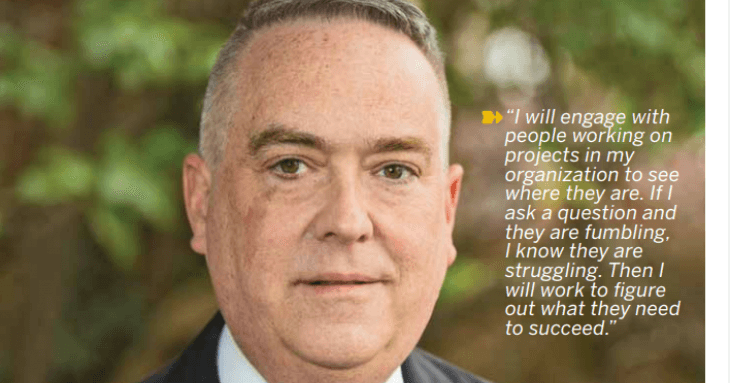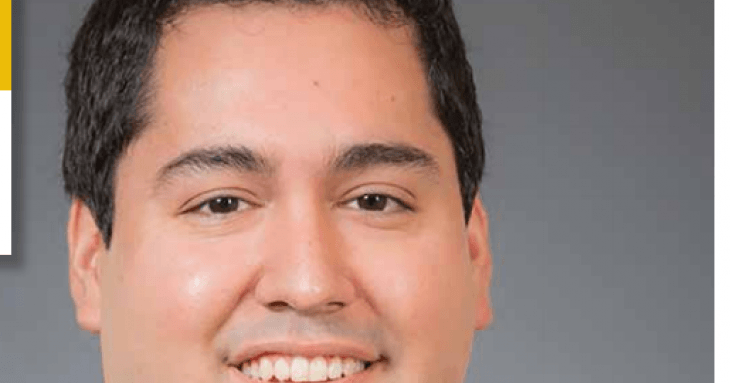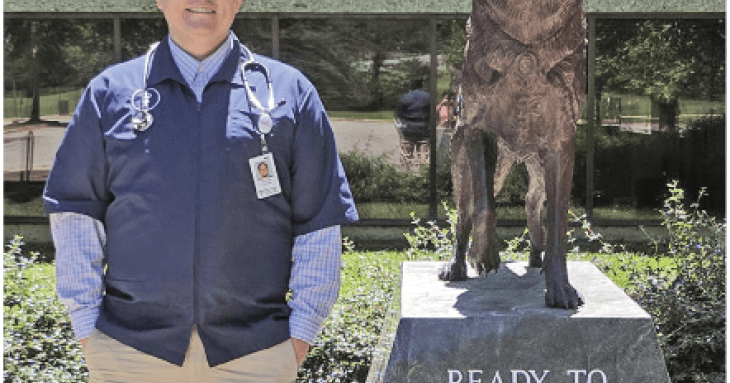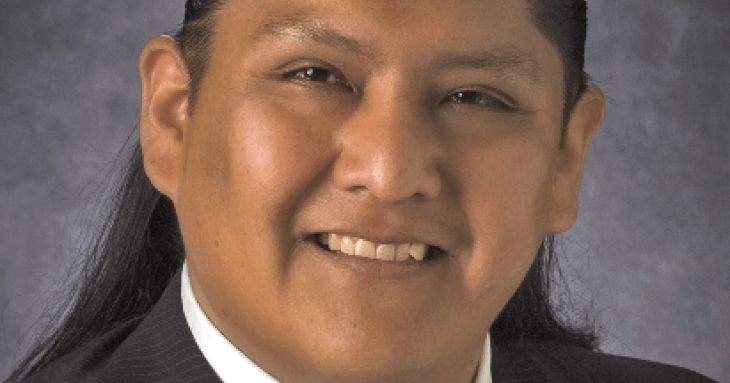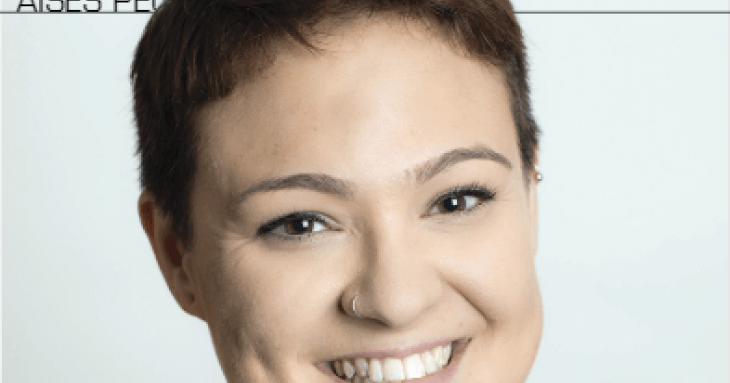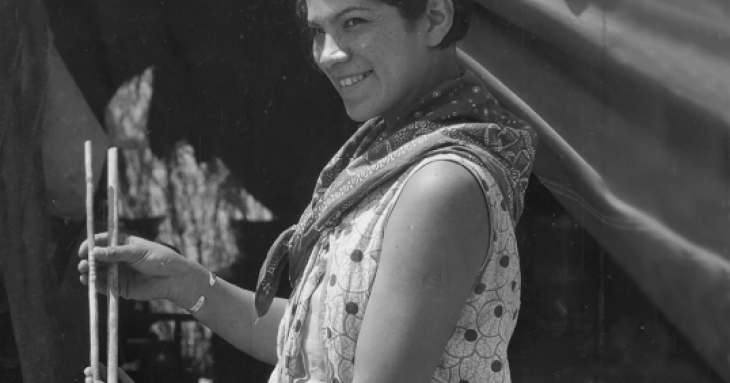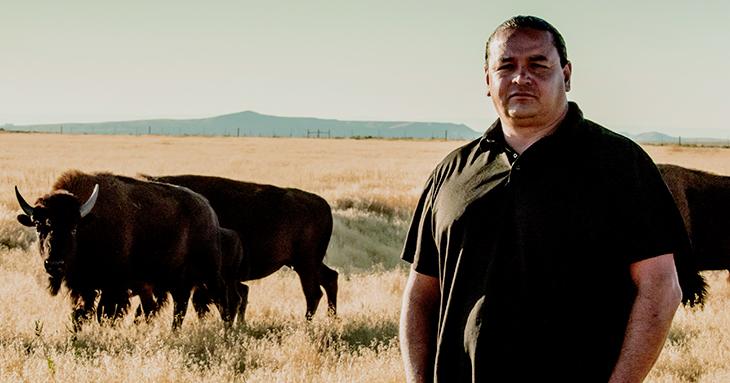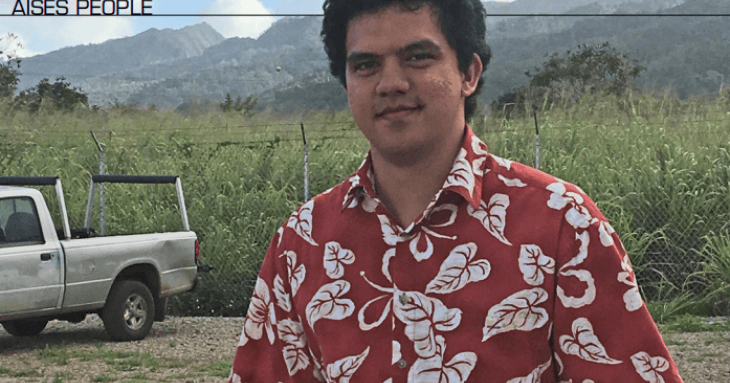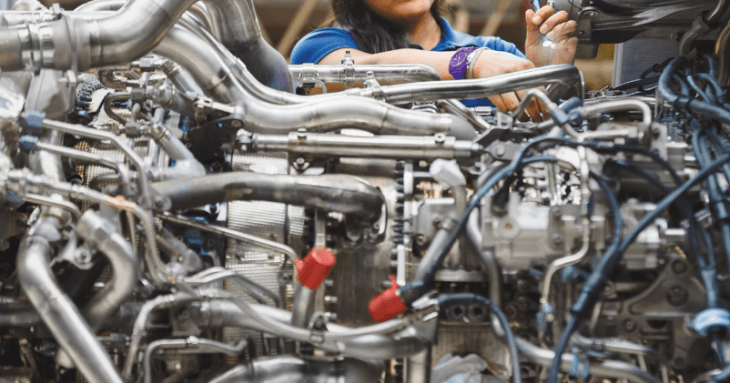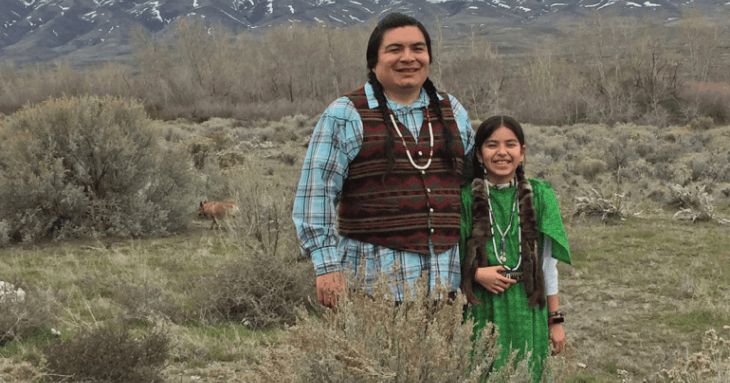-
Executive Excellence / Gary Burnette / Cheroenhaka (Nottoway) Indian Tribe
When Gary Burnette was finishing up his degree in computer science in 1983, he knew exactly what he wanted to do with it: work at IBM. “There was no better place to be,” recalls Burnette, who remembers poring over glossy IBM brochures that detailed innovations the company was driving. “I was hoping I could get into a company that was advancing technology beyond everyone else and be a part of something on the edge.”
-
Most Promising Engineer or Scientist / Thomas Reed / Hopi
Reed has continued to work hard to help Native students interested in STEM careers. His efforts have led Raytheon to engage with local Native student communities in Boston.
-
Will Culver Cherokee / Virginia-Maryland Regional College of Veterinary Medicine / Veterinary Medicine and Public Health
He was just looking for a part-time job while he finished up at Mission Viejo High School in Orange County, Calif. It was 2001, and Will Culver had heard that a local veterinary hospital needed kennel assistants. He started out walking dogs, cleaning kennels, and bathing various kinds of animals. When he turned 18, they promoted him to veterinary assistant — and before too long, to veterinary technician, then shift supervisor. “I always loved animals, but that expanded exponentially after I started working at the hospital,” he says.
-
Blazing Flame / Brandon Polingyumptewa / Hopi
Each year Polingyumptewa spends hundreds of hours mentoring and guiding young people who are interested in STEM.
-
Marrissa Hellesen / Cherokee / Microsoft / Software Engineer
She’s just 28, yet so much has happened in the last dozen years that Marrissa Hellesen’s life reads more like a suspense novel. Hellesen’s story includes her leaving school in the eighth grade, earning a GED when homeschooling didn’t work out, and then nearly failing in college. The main theme in her life, though, is perseverance. She refused to give up, and she paid attention to the lessons life was teaching her along the way.
-
Bertha Parker Pallan Cody: Taking A Scientific Approach to The Ancestral Record
Long considered the first female Native American archaeologist, Bertha Parker Pallan Cody led an intriguing life. She was born in 1907 to Seneca folklorist, archaeologist, musicologist, and historian Arthur Parker and Abenaki actress Beulah Tahamont. She was also the great niece of Ely S. Parker, engineer, attorney, and the first Native American commissioner of Indian affairs (and inspiration for the highest AISES award).
-
Jason Baldes, Eastern Shoshone, Wind River Native Advocacy Center, Executive Director
Growing up on the Wind River Reservation in Fort Washakie, Wyo., Jason Baldes got an early start in wilderness exploration. As a child he would traverse the backcountry of the reservation on horseback with his father. Together they visited over 200 lakes in the Wind River Wilderness, the first nationally protected wilderness area in the United States.
-
Kaleo Norman / Native Hawai’ian / American Piping & Boiler Company / Electrical Engineer
Kaleo Norman graduated with a degree in electrical engineering, full of excitement at the promise of a career in his field. Still, it took almost two years before he found a role in a professional workplace that allows him to follow his passion for engineering. But for him, it’s all been worth it, and he’s happy to share what he’s learned. “If you’re pursuing something that you enjoy but are going through a struggle,” he says, “don’t ever give up.”
-
Cherise John / Navajo / Ge Aviation / Mechanical Engineer
Cherise John can recall the exact moment that inspired her to become an engineer. Growing up in Fruitland, N.M., she lived between two mine sites and two coal-fired power plants, whose pollution created acid rain. “One day, my childhood preconceptions of a perfect world were shattered when my father wouldn’t let me drink rainwater from a cup I had set out,” John explains. “My first thought was, ‘What can we do to stop this so I can drink my rainwater?’”
-
Johnny Buck / Wanapum And Yakama Nation / Northwest Indian College / Native Environmental Science
Growing up in rural Washington State, Johnny Buck spent most of his time outside, on the banks of the Columbia River. Over the years, he began to notice that the traditional foods and plants his family and their community relied on were beginning to die off and experience extreme shifts in their growing seasons. It was these changes that pushed Buck to pursue a dream he didn’t even realize he had: researching plant phenology — the study of periodic biological phenomena in relation to climate conditions — to contribute to solving challenges around biodiversity.


